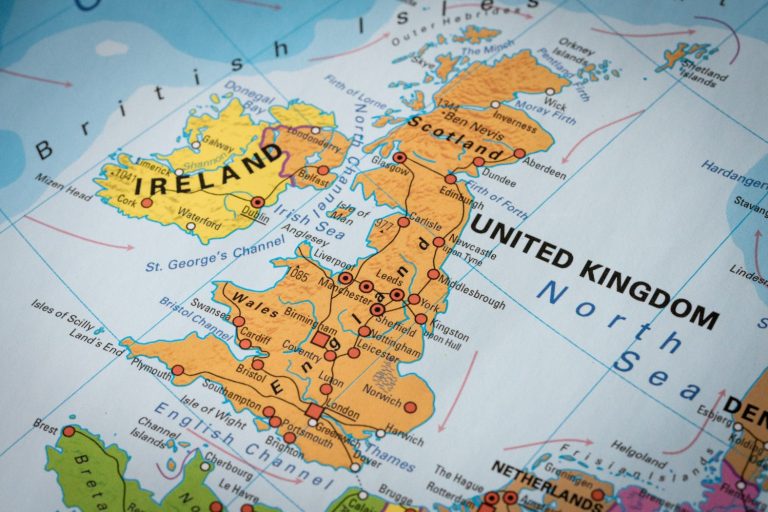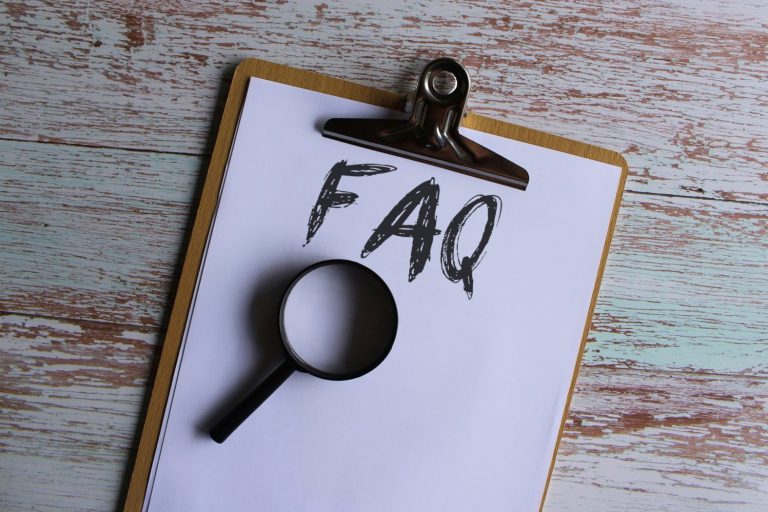Google’s latest algorithm update which first hit on March 8th has been causing waves in the SEO world as some websites reported almost a complete loss of organic traffic overnight.
The update hasn’t been bad news for everyone as some savvy webmasters have reported positive results since this date, but for many affected this has been the most devastating update of the year so far.
We’ve taken a look at what we know so far about the Fred update, who has been affected and what steps you can take to recover if you’ve suffered a drop in ranking.
8th March – Fred update is rolled out
It first became apparent that something big had occurred on 8th March. Unsurprisingly Google responded vaguely to accusations of an update, leaving it unconfirmed at this point.
The update was quickly christened ‘Fred’ after Google’s Gary Illyes recent joke that all new updates should be named ‘Fred’.
@rustybrick @i_praveensharma @JohnMu sure! From now on every update, unless otherwise stated, shall be called Fred
— Gary Illyes ?( ? )? (@methode) 9 March 2017
What we knew one week on
After about a week and some intensive investigation from SEO professionals and webmasters worldwide, it became evident that this new update was another attempt to improve the quality of search results. Sites negatively affected by the update tended to have low quality content and a lot of ads or affiliate links featured on-page.
Many of the websites hit were non-specialist blogs covering a wide range of topics that appeared to have been created with the sole purpose of creating backlinks or generating income through ads without offering much in the way of valuable or unique content to users.
DYK there’s no inherent problem with affiliate links? The problem is when a site’s sole purpose is to be a shallow container for aff links pic.twitter.com/y149XZ0JP6
— Gary Illyes ?( ? )? (@methode) 14 March 2017
Many of these websites have been affected quite dramatically. According to the guys at Search Engine Roundtable, after they reviewed a number of websites that were hit by the update, most of them had experienced at least a 50% drop in organic traffic overnight – with some seeing up to a 90% drop!
23rd March – Google confirm update
It wasn’t until March 23rd that Google openly acknowledged the update. First Google’s Gary Illyes stated during the AMA with Google session at SMX West that sites suffering from the update were rightfully hit as they were going against Google’s webmaster guidelines.
Later that same day John Mueller from Google said during a Webmaster Google Hangout that the update was to hit sites that weren’t following webmaster guidelines, and that websites affected must have content quality issues that need to resolving.
@rustybrick will. Obviously there was an update. Why would we deny that
— Gary Illyes ?( ? )? (@methode) 24 March 2017
What can you do to recover a website affected by the Fred update?
If you think that your website has been affected then the first thing to do is make sure that you fully understand the Fred update and revisit Google’s Webmaster Guidelines.
At Aqueous we have identified a few of the key areas that most affected sites could do with brushing up and improving in order to conform to Google’s guidelines and improve their content and regain their rankings.
Reduce the number of ads
Although there is no set number of how many ads is too many, we would advise webmasters to review their website and ask themselves honestly whether the ads featured are intrusive. If more than one ad can be seem at a time on any one page or piece of content then it’s probably too many. Remember that your website should appear user-friendly and attractive and professional to look at, not ad heavy.
Write specific not generic content
Anyone can write generic content, but not everyone can write unique content. With so many people writing shallow generic content, a lot of content on the internet becomes samey and so loses its value. Remember that Google values unique, relevant and high quality content, so instead of writing shallow articles on broad topics try to drill down into a specific angle or aspect of a topic to make your content different and interesting.
Make sure content provides users with value
Don’t blindly write a piece of content because the title has sprung to mind, think carefully about whether the content will provide readers with value. Think about who your audience is and what pain points they’re looking for solutions to in order to create content for real people rather than for search engines.
Reduce backlinks (quality over quantity)
Google have been making it clear that ‘black hat’ SEO techniques involving ‘spammy’ backlinks are bad and will be penalised for almost a decade now, so there’s no excuse to still be featuring them on your website! If your website has forced or artificial links pointing to it then you need to work with the Webmaster who owns the website that they feature on to get them removed. Equally if your website features a lot of these kind of irrelevant links to other websites then you need to be removing them and reviewing your content.
Ensure keywords are included naturally
Make sure you’ve not gone over the top with keywords in your content. Instead, write well researched and valuable content with the reader in mind. Good quality content should naturally use synonyms and be keyword rich, there should not be any need for unnatural keyword stuffing.
Have you seen any changes to your website’s ranking over the last couple of months? If so tweet us @AqueousDigital.
Need some help recovering your rankings? Get in touch with our SEO team by giving us a call on 0800 285 1424.






